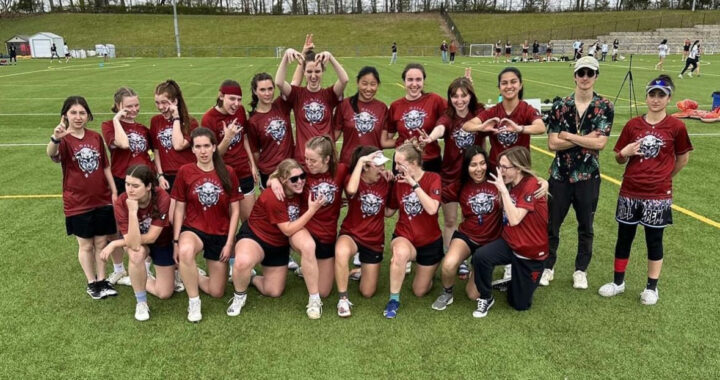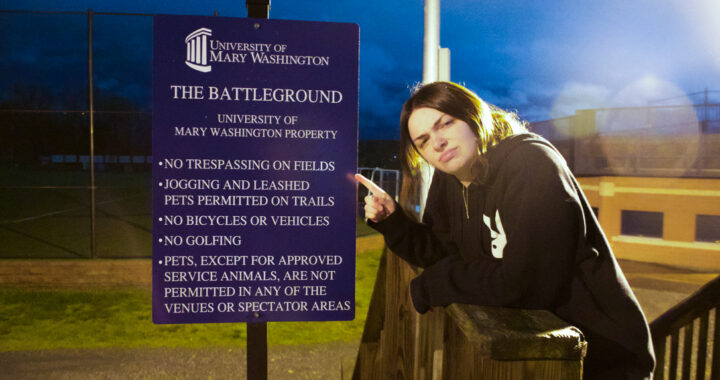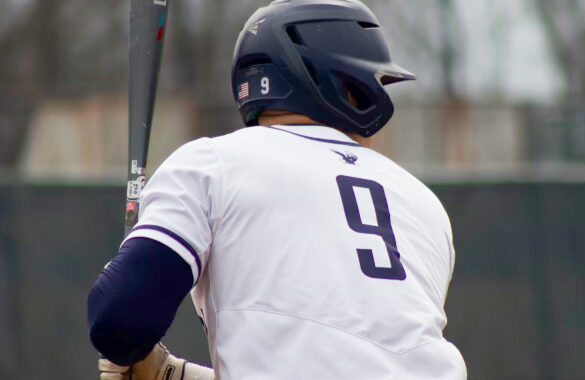Racial disparity in UMW varsity athletics
3 min read
By MILEN MEHARI
Staff Writer
Black students at the University of Mary Washington are disproportionately represented in the athletics program. This is clear to see when glancing at some varsity sports rosters. Take for instance the UMW men’s basketball team; more than half of their roster is ostensibly Black. In contrast, Black students make up 6% of the student population.
As a Black woman raised in the United States, I am keenly aware of the racialized nature of many spaces, and sports are no different. While it is easy to assume that a disproportionate racial presence in sports is a sort of “advantage,” I would argue that is too simple of a conclusion. Sports do not exist in a vacuum, rather, they are part of the social systems and dynamics that afflict our society.
When I see Black UMW athletes, I cannot help but think about the racialized nature of sports. Sports, music and entertainment are occupations that are often promoted to young Black kids. Racism, and anti-Blackness specifically, has been intertwined with America since its inception. Thus, it is not ridiculous but rather diligent to explore the ways in which exploitation may be at play when it comes to Black bodies.
Some Black UMW athletes such as senior biochemistry major and rugby player Bernice Kear recognize the social pressures pushing Black children onto the athletic field.
“I think in general, sometimes students of color, especially Black males, think that it will be easier to attain wealth, attain fame, attain all the good things in life through athleticism compared to through academics,” said Kear. But she also acknowledged that “there is the flip-side of the school and sports sector in general pushing more men of color to [play sports].”
The commodification of Black bodies is best illustrated by Division I Universities that rake in millions of dollars yet do not pay their athletes, opting instead to pay for their education. While the conversation of paying college and high school athletes is a highly debated topic, we ought not forget the racial and socioeconomic standings of many of the athletes that are kept from the financial gain their bodies produce.
The experience of UMW athletes is unique because the University is a Division III school and does not explicitly provide scholarships for athletes. Jason Ford, a sophomore political science major and track and field runner, is a Black athlete that resonates with this unique experience.
“Being a school on the smaller side, interest in attending can be very specific… With Mary Washington not being a culturally-centered school, attendance from Black or multicultural students will usually center around specific areas rather than the all-around culture of the school,” said Ford. In regards to being a student athlete at a Division III school, he argued it “is playing for the love of the sport,” as opposed to being here for “a scholarship to attend the school.”
Eric Shaw, a senior communications and digital studies major, shared some of Ford’s sentiment.
“Most Black students don’t have a reason to come to UMW other than to play sports. There’s really not much going on here other than sports involving our [Black] culture,” said Shaw.
In regards to the culture of UMW women’s rugby, Kear stated, “this semester we’ve had the most people of color on the team, and it’s really exciting… I can make certain jokes and they can get it and I don’t have to explain it… I’m excited to see these girls not letting the fact that they’re going to a majority white school stop them from participating in stuff and that they’re out playing rugby.”
For marginalized groups, like Black UMW athletes, the presence of other Black people in their roster is a source of joy and comradery. Even in the midst of problematic social conditions, Black people find joy in their coalition with one another.
Choice of the writer to capitalize Black.











